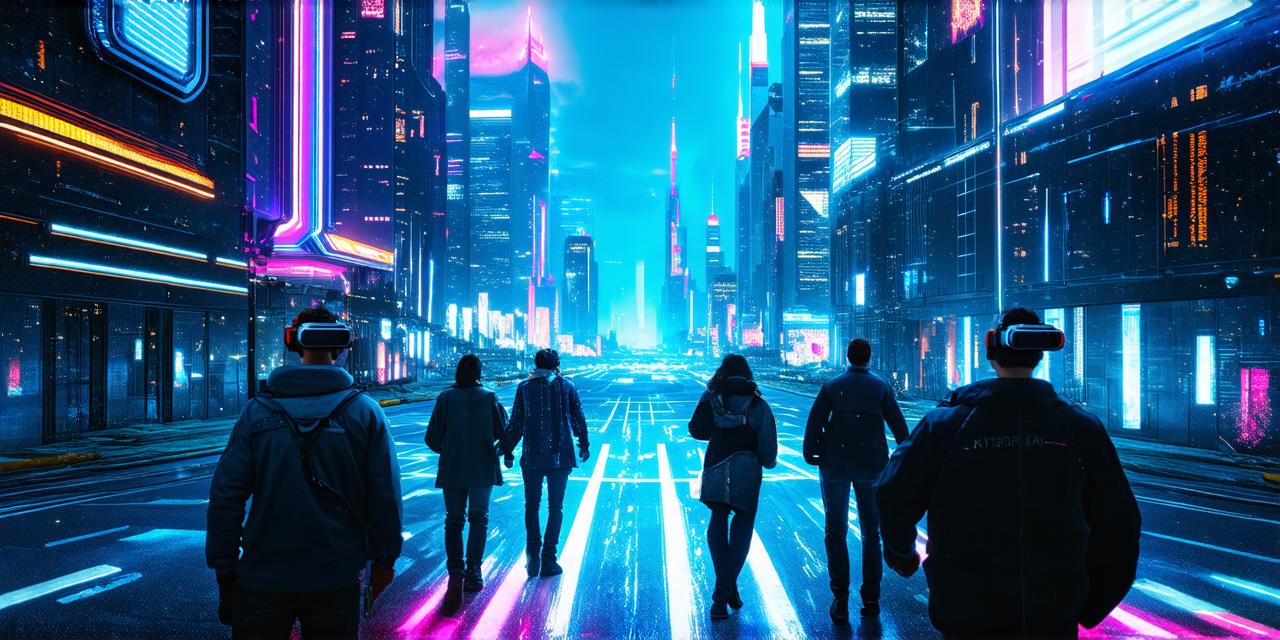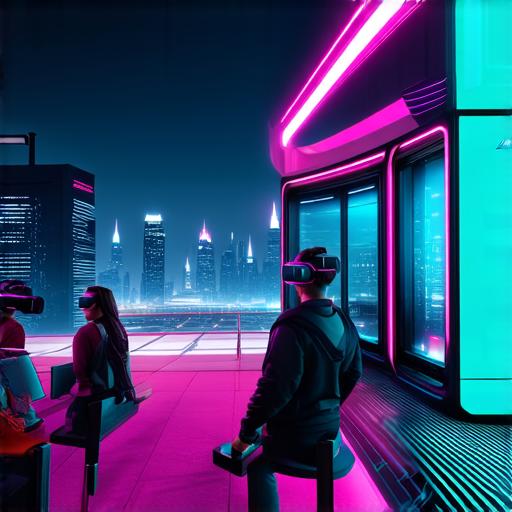
How virtual reality influences daily living
Virtual reality (VR) is transforming daily life in countless ways. From gaming and entertainment to healthcare and education, VR is changing how we interact with the world around us.
One of the most significant ways VR is influencing daily life is through gaming and entertainment. VR games offer a level of immersion that was previously impossible. Players can step into a fully-realized virtual world, where they can interact with objects and other characters in ways that were never possible before. This has led to the development of entirely new genres of games, such as horror, adventure, and educational games.
VR also has the potential to revolutionize healthcare. By providing a realistic simulation of a patient’s environment, doctors can perform surgeries and other medical procedures with greater precision and accuracy. For example, surgeons at the University of California San Francisco used VR technology to practice surgical procedures on a virtual model of a patient’s brain, allowing them to refine their techniques before performing the procedure in real life.
In education, VR can offer students an immersive learning experience that is difficult or impossible to replicate in a traditional classroom. For example, students at the University of Illinois used VR technology to simulate a trip to ancient Egypt, where they could explore the pyramids and temples and interact with historical figures.
One of the most exciting applications of VR is in the field of architecture and design. Architects can use VR to create detailed 3D models of their buildings, allowing clients to see how a building will look and function in real life before construction begins. This not only saves time and money but also allows for greater collaboration between architects, clients, and builders.

Another area where VR is influencing daily life is in the realm of tourism. With VR, travelers can explore distant lands without ever leaving their homes. For example, a company called Wilderness VR offers virtual tours of national parks, allowing users to experience the beauty and wonder of these natural wonders from the comfort of their own homes.
Despite its many benefits, VR is not without its challenges. One of the biggest obstacles to widespread adoption of VR technology is the cost. High-end VR systems can be expensive, and not everyone has the resources to invest in this cutting-edge technology. Additionally, there are concerns about the potential impact of VR on our mental health and well-being. Some studies have suggested that prolonged exposure to virtual environments can lead to feelings of isolation and disorientation.
Despite these challenges, it is clear that VR is here to stay. As technology continues to advance, we can expect to see even more innovative applications of VR in daily life. Whether it’s gaming and entertainment, healthcare, education, architecture, or tourism, VR has the potential to transform the way we live and work.
In conclusion, virtual reality is already influencing many aspects of daily life and has the potential to do even more in the future. As technology continues to advance and costs decrease, we can expect to see even more innovative applications of VR in our daily lives. While there are certainly challenges to overcome, the benefits of VR are clear, and it’s an exciting time to be a virtual reality developer.


